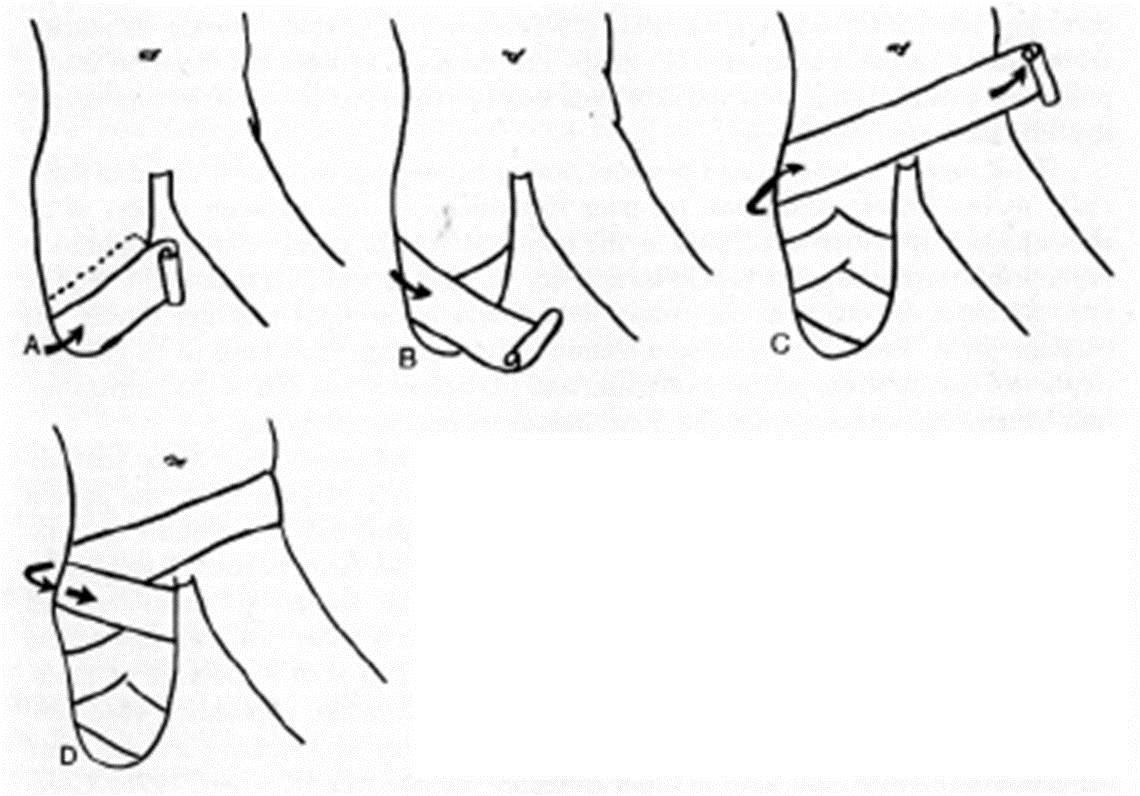News Center |

Amputation is not the end of the patient's treatment, it can even be said to be the beginning of the patient's treatment, which is followed by prosthetic installation, rehabilitation training and many other aspects. That's why doctors have to follow this philosophy when they perform amputations and plan for the patient's future treatment. After amputation, most patients will use the prosthesis. The prosthetic socket worn by the stump is often compared to our shoes, and the stump is compared to the foot. The most important thing about buying shoes is that they are the right size and comfortable to wear.
After amputation, if rehabilitation training, including the use of elastic bandages, is not carried out, the stump of the amputation can not effectively atrophy, shaping, and then lead to stump swelling can not be shaped, the direct result is to wear prosthetics will bring obstacles.

(Elastic bandage for thigh)
After surgery, an amputated arm or leg is bound to swell. So, after an amputation, the doctor will do a proper dressing to reduce swelling. A elastic bandage is usually used after the wound heals. For amputees, elastic bandages last a lifetime. After the prosthesis is installed, elastic bandages are also used to cover the stump when the prosthesis is not being worn to prevent swelling of the stump and prevent the prosthesis from being worn. To give an image, if you wear shoes with shoelaces when your feet are swollen and have no shape, after walking for a period of time, the shoes will gradually become loose due to changes in swelling and the texture of the shoes. At this time, you can re-tie the shoes to prevent the shoes from falling down. In the same way. If the stump of an amputee is not covered with a elastic bandage and is swollen and unshaped, the prosthesis can become loose after installation, causing the limb to detach.
Therefore, for these reasons, patients should learn to use elastic bandages correctly in the early stages of recovery. For arm bandages, start at the farthest end, wrap the bandage in a spiral shape to prevent tightening, loosen it a little closer to the end, and wrap it around the chest to prevent the bandage from falling off.

(Elastic bandage for leg)
When wrapping the elastic bandage on the thigh, it is especially important not to pull it too tight when wrapping it around the waist at the end, so as not to pull the thigh forward after wrapping. When bandaging the leg, pay attention to the patella at the knee should be exposed as much as possible, and do not wrap the back and top of the knee too tightly, so as not to affect the joint activity. If the rest of the leg is long, you can wrap it just below the joint. The importance of elastic bandages to amputees makes it necessary for doctors to teach patients how to use them properly in order to make them more comfortable with the prosthetics they wear in their daily lives.
USA YOBAND prosthetic innovation technology is shared, focusing on financial and material resources, focusing on and producing its own research and development, giving full play to its unique core competitive advantages, and fully integrating global resources with international peers for the benefit of disabled friends! So when selecting a prosthetic company, the amputee who installs prosthetic limbs must investigate on the spot to determine whether the prosthetic company really has a technical team to make a prosthetic receptor cavity. The qualified prosthetic receptor cavity plays a key role in their own comfortable experience and prosthetic walking gait.
Copyright © 2015 USA-YOBAND. All Rights Reserved 沪ICP备09003269号